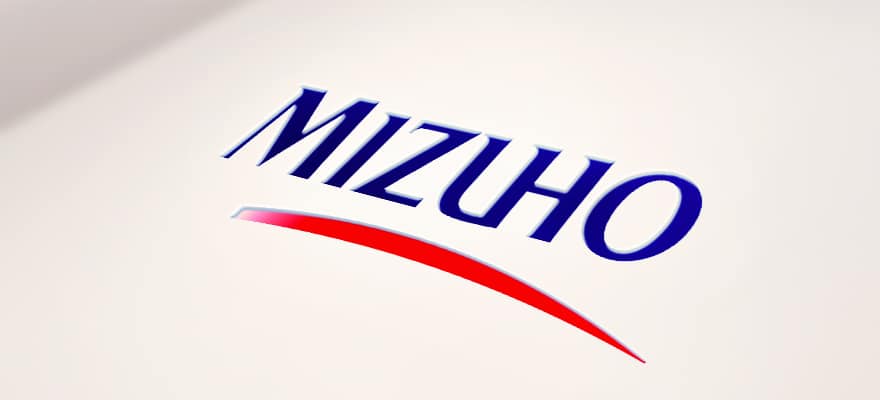From February 2015 through December 2016, Mizuho Securities overstated its trading volume in numerous securities it had advertised through Bloomberg, according to the regulator.
The firm has agreed to pay a fine of $150,000 as a part of a settlement with the United States Financial Industry Regulatory Authority (FINRA).
Mizuhoho has no prior relevant disciplinary history.
The settlement concerns rule violations committed by Mizuho from February 2015 through December 2016 (the “Review Period”). During this period, the firm overstated its trading volume in numerous securities it had advertised through Bloomberg. Mizuho also failed to establish procedures that comply with regulatory requirements regarding the accuracy of advertised trading volumes.
During the Review Period, Mizuho and its third-party OMS vendor configured the OMS to automatically advertise the daily trading volume of certain desks in numerous securities through Bloomberg. Bloomberg uses advertised trading volumes to compile reports and rankings of broker-dealers by security.
Flaw in OMS
From April 2015 through December 2016, a flaw in Mizuho’s OMS utilized by its ETF Desk identified and advertised internal booking entries, which reflected shares the firm had delivered and received in connection with the monthly expiration of single stock futures, as actual executed trades.
This system flaw caused the firm to overstate its advertised trading volume through Bloomberg, which resulted in the overstatement of the advertised trading volume of numerous securities by millions of shares.
For example, on December 16, 2016, as a result of this OMS flaw, the Firm overstated its advertised trading volume in the securities of Firm A by 1,617,000 shares. In total, as a result of the system flaw, the Firm overstated its advertised trading volume in 1,047 instances for 218 different securities, totaling 122,045,795 shares. Mizuho remediated this system flaw in December 2016.
Additionally, from February 2015 through November 2016, a flaw in the Firm’s OMS utilized by its Japan Broker-Dealer Desk caused duplicate advertisements of the trading volumes of multiple customer orders in the same symbol that the firm had combined into a single manual order and executed at a single average price.
This OMS flaw caused Mizuho to overstate its advertised trading volume through Bloomberg in 55 instances for 21 different securities, totaling 741,956 shares. The firm remediated this system flaw in May 2017.
During the Review Period, Mizuho’s OMS was designed to generate a daily Advertisement Report (the “Report”) of the firm’s executed and advertised trading volume, and to automatically route the Report to its relevant desk supervisors to review and confirm the accuracy of the firm’s executed and advertised trading volume, and/or take remedial or disciplinary action as necessary.
Supervisory system not designed to achieve Compliance
Mizuho’s supervisory system and WSPs were not reasonably designed to achieve compliance with regulatory requirements that govern the accuracy of the trading volume that the firm advertised through private subscription-based service providers with respect to two trading desks. In particular:
- (i) while Mizuho’s Japan Desk trading personnel were required to suppress the volumes allocated to multiple customers that had received a single average price Execution for orders in the same symbol on the same side of the market that had been combined and executed at single average price, the firm failed to monitor or supervise Japan desk trading personnel, or to review multi-order, average-priced transactions, to determine whether allocated volumes from the Japan Desk were properly suppressed and not advertised through Bloomberg;
- (ii) after updating its OMS to automatically advertise its executed trading volumes, the firm’s testing did not detect the OMS system flaws that caused the over- advertisements on the Japan Desk and the ETF Desk; and
- (iii) after creating the Report to capture discrepancies between its executed and advertised trading volume, the firm’s ETF and Japan Desks never utilized the Report during the Relevant Period as required by the Firm’s supervisory system, and as a result the relevant desk supervisors did not review the accuracy of the Firm’s executed and advertised trading volume.






















